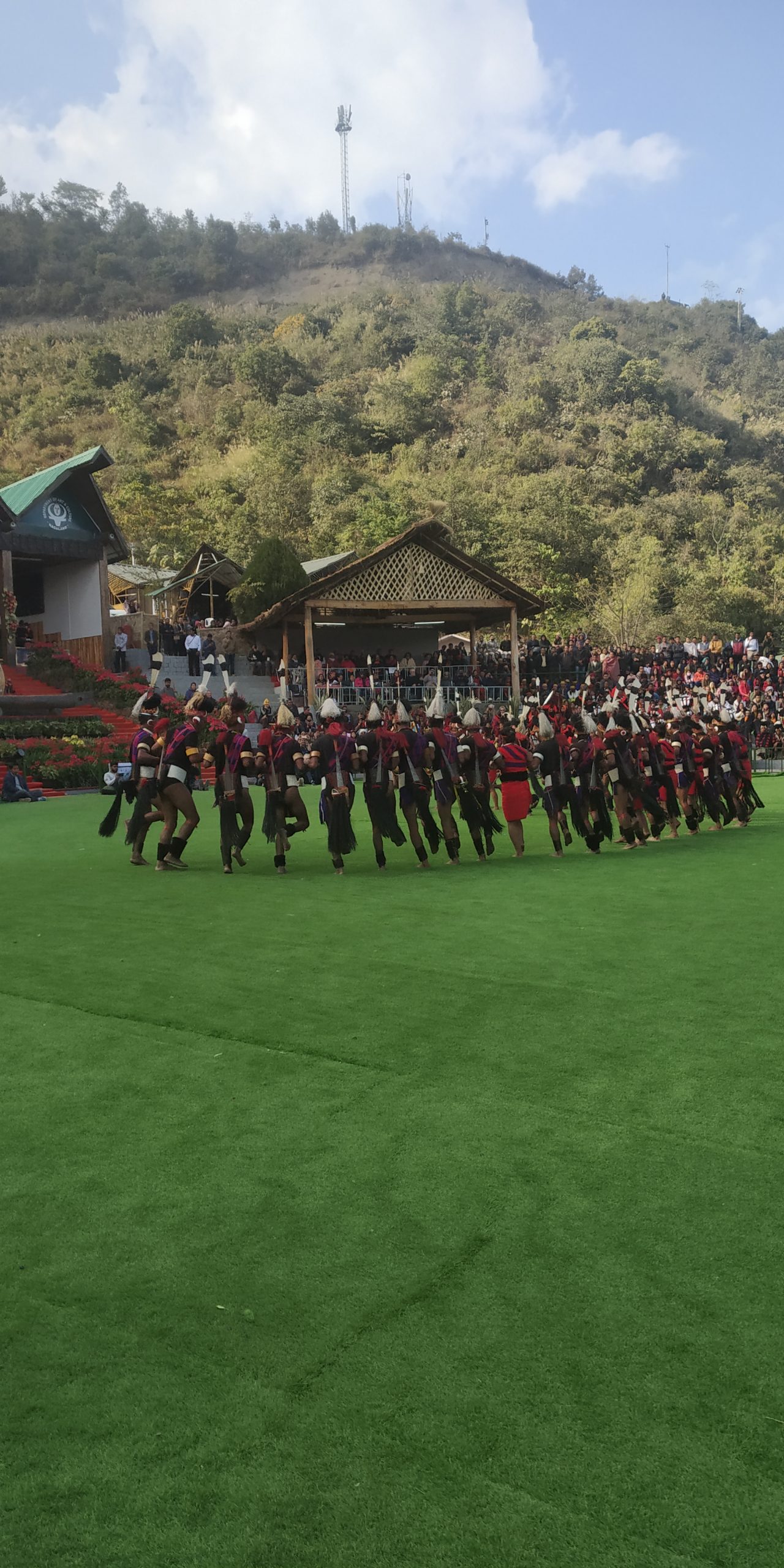The manner in which the Nagas organized themselves for mass repatriation from big cities like Delhi, Chennai, Pune etc. during the COVID lockdown bears testament to a deep sense of societal obligation, which is ingrained in their psyche. However, there is more to Naga cohesion than meets the eye. Once back in Nagaland and Manipur, the Nagas cease to be simply Nagas and foreground their more granular tribal identities such as Sumi, Ao, Angami etc. in Nagaland and Tangkhul, Mao, Maram, Poumai, Zeliangrong etc. in Manipur. These distinct tribal identities are the original characteristics of the umbrella categorization known as ‘Naga’ and have now sharpened to such an extent in the public sphere in North-Eastern India, that any notion of a ‘Nagalim’ or unified Naga homeland has become untenable.
Naga as an identity is actually a constructed uniqueness which was created by a few politically aware and somewhat educated Nagas in the second decade of the previous century in order to gain for themselves a political fiefdom by carving out a separate nation from undivided Assam. This was actively aided by some British officials who held the Indian political system and Hinduism and Islam in contempt. They believed that the (by then) Christian Nagas would not find favor with the staunch Hindu and Muslim population of Assam, if they were to be left as part of independent India. The Naga Club which was formed as a political body for the various Naga tribes in 1918, used this very logic when they met the Simon Commission in 1929 and asked for a separate independent State.
In the years that followed India’s independence, Nagas led by AZ Phizo of the Naga National Council (NNC) started a violent separatist struggle against the Indian Union since the Nagas were not able to ultimately convince the British government of the day to leave the Nagas out of the same. However, over the course of the last seven decades, Naga aspirations for an independent Naga nation have passed through the sieve of realism particularly in Nagaland and the umbrella Naga identity has been diluted to a great extent. Concomitantly, tribal identities have become stronger than the Naga identity leading to the present state of inter-tribe rivalry in state politics, which manifests itself, among other things, in a contest for economic benefits from the government.

While we have seen the united approach of the Nagas during the mass repatriations from urban centers in the rest of India, as mentioned above, quite the opposite is happening in Nagaland and Manipur. Each tribe has established separate quarantine centers that serve only the respective tribesmen. There is fierce competition to secure maximum resources from the respective district administrations and state governments for these segregated quarantine centers. Recently a case had come to light from Nagaland where the Angami Students’ Union had put pressure on the Nagaland government to prevent returnees of other tribes to be quarantined in Kohima. This was ostensibly done by the Angami Student leaders to make sure that the majority Angami population in Kohima gets priority in terms of medical facilities, while returnees of other tribes are pushed to their respective districts which are not that well-equipped to manage the influx of returnees.
Another such instance of inter-tribe rivalry is seen in the conflict between the South Angami civil society organizations and the Mao civil society organizations. For more than three years, the South Angami has prohibited taxi owners from Mao to enter Nagaland with passengers. This strategy was employed by the Angamis when they realized that a majority of passengers from Manipur travel in vehicles with Manipuri registration, and this was seen as an illegitimate deprivation of livelihood for the Angamis.
There are many such instances of inter-tribe rivalry existing in Manipur and Nagaland, which has completely undermined the insurgent slogan of ‘Nagas without borders’. Considering the fierce contest which is panning out between the various tribes in Nagaland and Manipur over myriad conflicts ranging from land disputes to water sharing, it is clear that deep fissures exist within ‘Naga society’. It is quite apparent that both Naga solidarity and the Naga insurgency itself have taken a hit.
It is now just a matter of time before Naga sub-nationalism wanes, especially with the decline of T. Muivah’s charismatic leadership. No other contemporary Naga leader has the magnetic charm of Muivah to preserve Naga cohesiveness. New Delhi can breathe easy, with the Naga challenge to the authority of the mighty Indian Government likely to become a matter of the past soon enough.
Ashima Sharda Mahindra is a veteran journalist and writer, who has been deeply involved with the prospect of conflict and hope in Northeastern India, having lived and studied the culture of the region for several years
All images courtesy Ashima Sharda
© Delhi Defence Review. Reproducing this content in full without permission is prohibited.
































